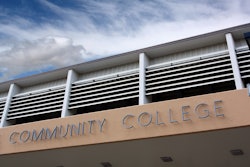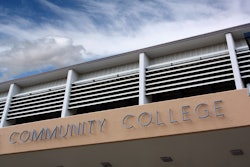Promoting La Cultura Hispana
ASU’s Hispanic Research Center advances the arts and works to produce homegrown talent in the STEM fields.
By David Pluviose
Launched in 1985 at Arizona State University, the Hispanic Research Center’s efforts to promote Latino and Chicano art and issues have flourished in recent years. In 2004, the HRC hosted the Arizona International Latina/o Arts Festival in collaboration with the Mesa Southwest Museum. “The Dreamer,” an exhibition piece by artist and film set designer Patssi Valdez, created quite a stir in the art world and was most recently featured as a key backdrop for the 2007 ALMA Awards.
Another artist featured prominently in the numerous books and other media produced by the HRC is Alfredo Arreguín. His work is currently being displayed as part of a prominent exhibition at the Smithsonian Institution’s National Portrait Gallery in Washington, D.C. The HRC’s director, Dr. Gary Keller, says many artists featured in HRC publications and exhibitions have now been able to support themselves solely through rapid sales of their artwork promoted by the HRC.
“We have done more for Latino-Latina art than any other university or organization in the U.S.,” Keller says, noting that the HRC’s Bilingual Review Press is the largest university-affiliated publisher and distributor of Latina-Latino books in the country. Keller says the Bilingual Press has published hundreds of original books and distributes over 1,000 titles produced by other presses. The Bilingual Press also produces the literary/scholarly journal Bilingual Review.
Keller adds that the HRC is currently embarking on two major projects focused on the cultural interpretation of biodiversity and “good” bandits in popular culture and history.
“We’re doing a lot of work on the popular conception of noble bandits or people who we consider revolutionaries, but some Anglos consider bandits — characters like Pancho Villa and Emiliano Zapata. We don’t consider them bandits. We consider them model revolutionaries,” Keller says.















